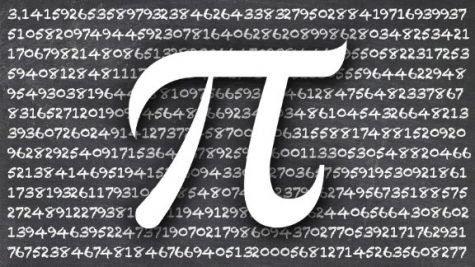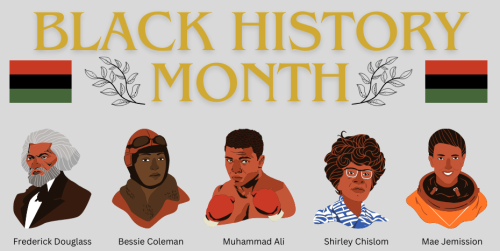Pi – What it is and why we celebrate it
Taking a peek at 3/14 and 3.14
Pi is arguably the most recognizable constant in all of mathematics. Used by grade school geometry and applied math laboratories alike, Pi has a broad range of applications: whether it be for finding the area of a circle or making the necessary calculations for a satellite’s flight path, the value Pi plays an integral part in both of these vastly different problems.

3/14 was first celebrated by the San Francisco Exploratorium in 1988 and by a worker there named Larry Shaw. Starting on 3/14 at 1:59, Shaw set up a table of pies at the museum in order to honor the occasion. Since then, the celebration has blossomed into a yearly event and a national holiday appreciated alongside the birthday of Albert Einstein.
As for the number itself, Pi has been around for four millennia. The Ancient Babylonians calculated the area of circles using the classic formula of the radius squared times Pi, which they estimated to be around 3.125. However, this was later refined independently by Greek and Chinese mathematicians around 250 CE with an estimation of 3.14.
Using the perimeters of polygons, these early understandings of Pi were derived from inscribed shapes in circles. With these shapes, the Greeks and Chinese could find the range in which Pi must exist and made their evaluations. Later breakthroughs in calculus and infinite series led to even greater precision, with the most accurate manual approximation being 620 digits.
Now, Pi is estimated with powerful algorithms. In 2019, the record number of Pi digits calculated was set at 31 trillion digits, a value that took 25 computers, 170 terabytes, and over 100 days to determine.
While such precision on the true value of Pi is likely not needed for any practical use, its immeasurable length evades our logic. Despite Pi’s irrational properties and endlessness which slips the grasps of our most powerful computers, it still remains a household value that very much keeps our world turning.



